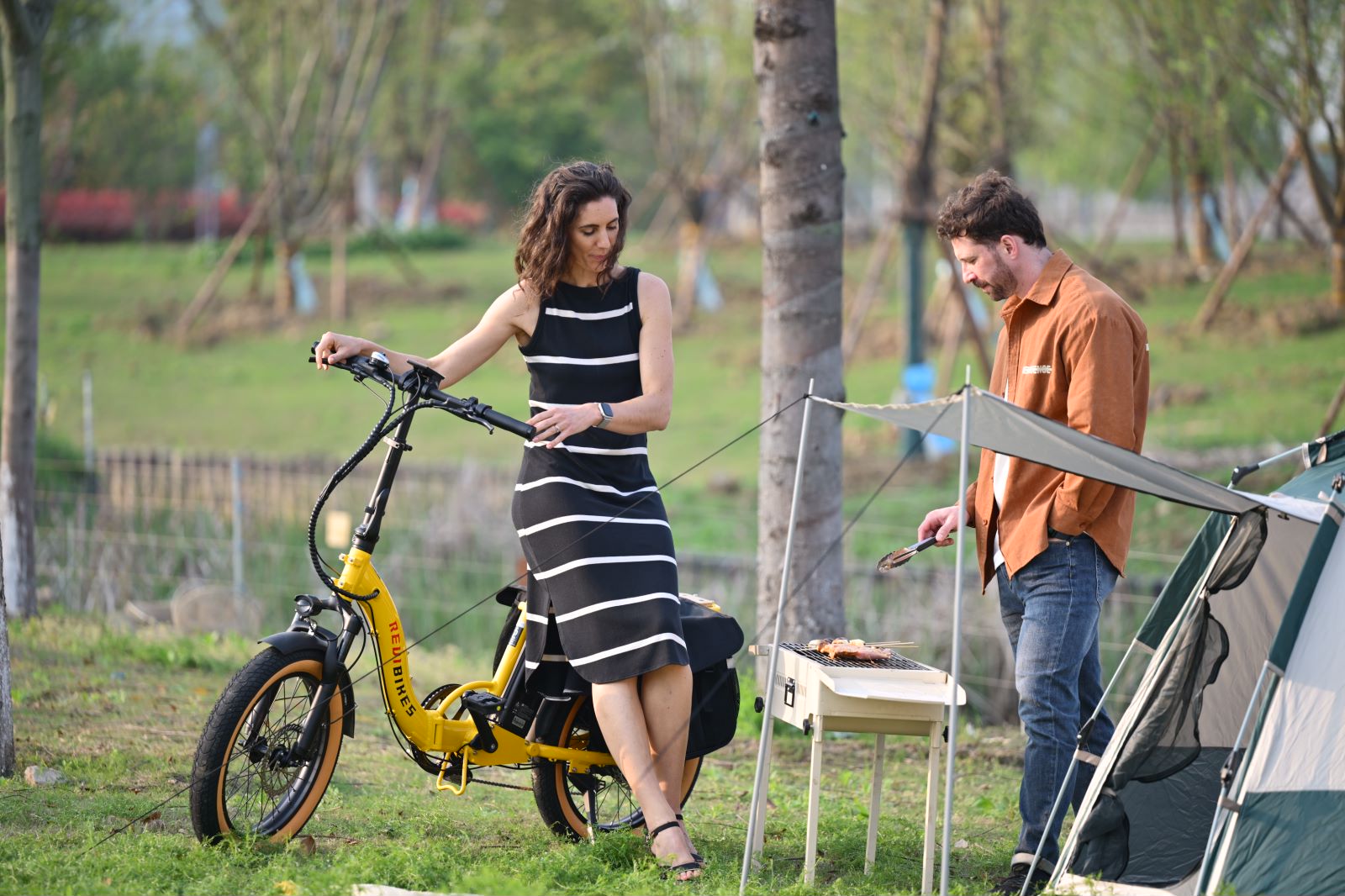When considering whether a cadence sensor or a torque sensor is better for a senior cyclist, it's essential to evaluate the specific needs and preferences of the individual. Both types of sensors have their advantages and can enhance the cycling experience in different ways.
Cadence Sensor
Advantages:
- Ease of Use: Cadence sensors measure the rotational speed of the pedals (revolutions per minute). They are generally simpler to use and can provide straightforward feedback on pedaling speed.
- Consistency: Helps maintain a consistent pedaling rate, which can be beneficial for cardiovascular health and stamina.
- Battery Life: Typically, cadence sensors have a longer battery life and are easier to maintain.
Best For:
- Seniors who prefer a more relaxed, steady ride.
- Those who want to monitor and maintain a consistent pedaling rhythm.
- Individuals who prioritize simplicity and ease of setup.
Torque Sensor
Advantages:
- Power Measurement: Torque sensors measure the force applied to the pedals, providing a more accurate indication of the rider's effort. This can be particularly useful for improving fitness and performance.
- Responsive Assistance: In e-bikes, torque sensors can adjust the level of motor assistance based on the rider's effort, providing a more intuitive and responsive riding experience.
- Efficient Energy Use: By delivering power proportionally to the rider's input, torque sensors can enhance the efficiency of electric assistance, potentially extending battery life.
Best For:
- Seniors who are fitness-oriented and want to track their effort more precisely.
- Those who ride e-bikes and prefer a more responsive and natural-feeling assistance.
- Cyclists who are comfortable with a slightly more complex setup and maintenance.
Conclusion
For Most Seniors: A cadence sensor is generally a better choice due to its simplicity, ease of use, and sufficient functionality for maintaining a healthy cycling routine. It is less complex and typically offers all the necessary features for a pleasant and effective cycling experience.
For Fitness Enthusiasts or E-Bike Users: A torque sensor might be more beneficial. It provides detailed feedback on effort and offers more responsive motor assistance, making it ideal for those who are more serious about their cycling performance or who want a more dynamic riding experience on an e-bike.
Ultimately, the best choice depends on the senior's specific needs, their comfort with technology, and whether they are using a regular bike or an e-bike.
When selecting an e-bike for a senior, prioritize comfort, safety, and ease of use. A step-through frame, comfortable seat, user-friendly controls, and strong safety features are essential. Revibikes Rebel.2 with these features, hit all players under $1000.



Share:
Compare Revibikes Rebel.2 VS EUNORAU E-FAT-STEP
The Truths about Folding Electric Bikes You Should Know